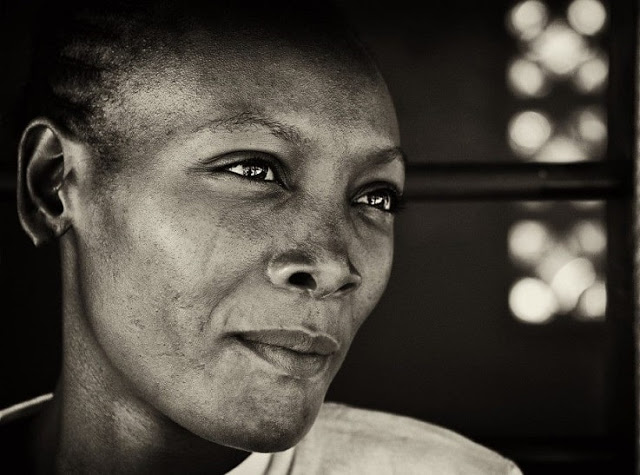by Daniel Nkado
From the earliest days of the slave trade, many slave owners and Catholic Church leaders felt it was important to convert enslaved Africans.
They believed this would fulfill their religious obligations and lead the enslaved to be more submissive in their status.
Some historians suggest that Africans were forced to give up their traditional religions to cut their ties to their pasts.
Although the Church succeeded in many cases, not all slaves converted.
Many outwardly practiced Christianity but secretly prayed to their own God, gods, or ancestor spirits.
In some cases, they combined beliefs and practices from their original religions with elements of Roman Catholicism to produce integrated religions which till this day are still flourishing in parts of the Caribbean, South America and North America.
E.g. The Candomblé practised in Brazil has strong Yoruba origins.
The Obeah of Jamaica is said to have originated from Igbo slaves of West Africa.
Another example is the Abakuá, practised in Cuba, which has Efik origins.
Most of these religions are polytheistic in nature, involving the worship of or belief in multiple deities, which are usually assembled into a pantheon of gods and goddesses, along with their individual rituals and practises.
The original religions of Africa have been declining over the past century due to the influences of colonialism, Western acculturation and proselytizing by Christianity and Islam.
However, in the Americas and Caribbean, merger religions involving African religions are growing rapidly.
Slaves came from a number of African geographic regions and ethnic groups, including Igbo, Yoruba, Fon, Ewe, Kongo, and Bantu.
Slave handlers classified them by the shore of embarkment, so records of ethnicity may not have been accurate, as captives were often transported overland away from native areas before being loaded on ships.
Different religions developed semi-independently in different regions of their new lands, among different African ethnic groups, and evolved into several “branches” or nations, so to say, now distinguished chiefly by their set of worshiped deities, as well as the music and language used in the rituals.
For a people who have been stripped of everything they owned, their spirituality must have felt like their only remaining way of expressing who they are! Their only true identity left.
Little wonder religion became one of the main spurs of resistances. The captives would appeal to their gods for protection and vengeance upon their captors, and would also try to curse and otherwise harm the ship’s crew using their idols and fetishes.
Women were said to be particularly obstinate in their belief that their gods would come and save them.
One crew was said to have once found ‘magical objects’ in their water supply, placed by slaves who believed they would kill all who drank from it.
In the plantations, slaves faced severe punishment if caught attending secret religious gatherings, because the slaveholders believed such meetings could lead to an organized rebellion.
From this came the need to tame them with a more slavery-loving religion: Christianity.
Many slaveholders granted their slaves permission to attend church, and some openly encouraged religious meetings among the slaves where teachings about submission and obedience were emphasized.
Baptisms, marriages, and funerals were allowed to slaves on some plantations with whites observing and occasionally participating.
Annual revival meetings were social occasions for the slaves as well as their white slavers.
Masters were known to enjoy the singing, praying, and preaching of their slaves.
Nevertheless, at the core of the slaves’ religion was a private place.
For no matter how religious the master might be, the slave knew that the master’s religion did not give any form of approval to prayers for his slaves’ freedom.



